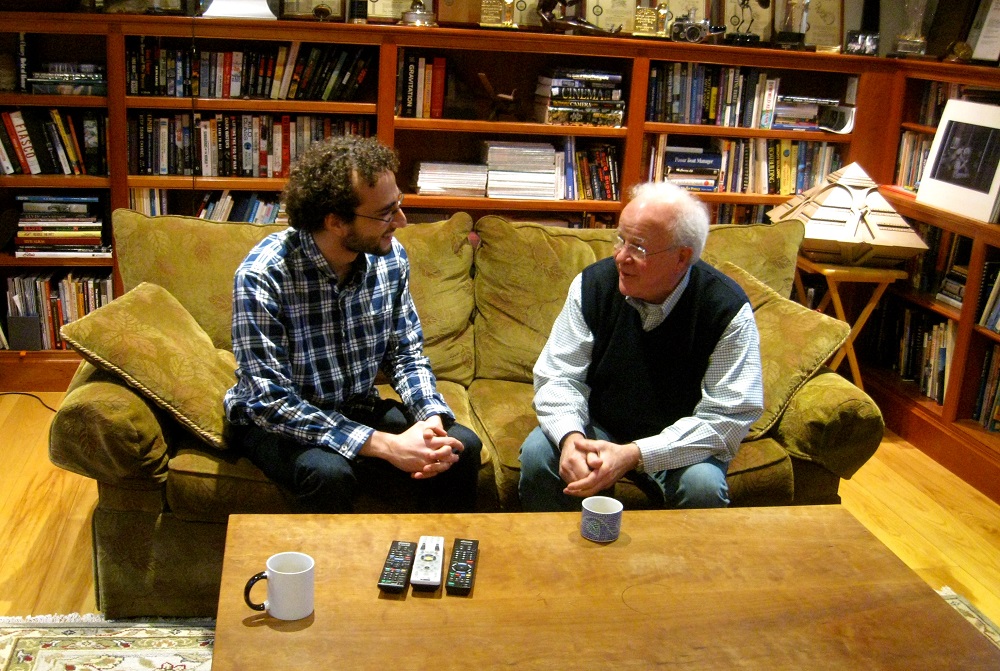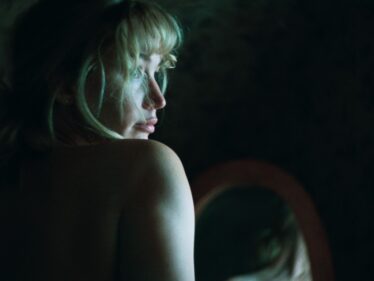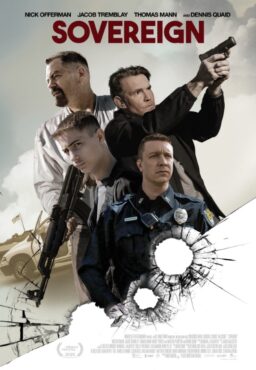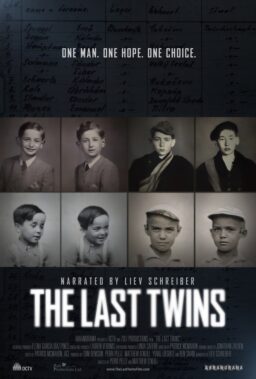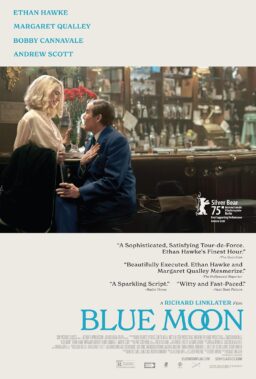It began with
something Stanley Kubrick once said. With “2001: A Space Odyssey,” he felt he owed the audience an experience. He wanted to use Cinerama to show
people what it was like to fly through space. This was ambitious for 1968, but
it worked. The film has certainly stood the test of time, due in no small part
to special effects provided by Douglas Trumbull, Wally Veevers, Con Pederson
and Tom Howard.
This axiom has
only grown more urgent in the past half century. Many have credited the rise of On Demand cinema—streaming services like Netflix and rental providers like iTunes—with the
decline of cinema attendance. The movies need to enrapture audiences once
again. Douglas Trumbull, who considers Kubrick his primary film mentor, agrees.
Southwestern
Massachusetts feels like it’s stuck in early colonial New England. A general
store/post office sits across from town hall and no major chains are anywhere
to be found. It has a rural, authentic charm to it, but it’s not where you’d
expect to find the cutting edge of cinema technology. And yet that is precisely
where Trumbull Studios is located.
Back when the
late Stanley Kubrick was working on “2001,” one of his big complaints was
about the limitations of contemporaneous technology. He was frustrated that
motion blur—an effect endemic to 24 frames
per second filmmaking—reduced the fidelity of his image.
Enter MAGI, a
product of the digital age. Trumbull believes his 120 frames per second format,
which trounces the 48 frames per second format that Peter Jackson and James
Cameron are using on their latest films, is set to open a novel avenue of
filmmaking potential. This could be what gets people back in to the theater.
I visited
Trumbull’s studio in western Massachusetts to see “UFOTOG,” the first short film shot in
MAGI. Following the film I sat down with him to discuss his new technology.
What is MAGI on a technical level? What’s the selling point?
The key to the
whole puzzle starts back with… Movies used to be called the “flicks” because
they flickered badly. Because 16 or 18 frames a second—which was those hand
cranked movies on a single-bladed shutter was really badly flickering. Then the
Lumière brothers invented the double-bladed projector to get rid of the
flicker… as long as you didn’t project it too bright. If you went brighter,
the flicker would be apparent again.
Then, to make a
much longer story shorter, when we transitioned to digital projection, you
don’t need a shutter in the projector—there is no shutter in the projector.
The screen is illuminated all the time. So there’s none of the flicker issues.
So when you
make a 24 frame per second movie, generally in a 2D digital projection, each
frame is going to be shown five times—not just two times. Five times. But it
doesn’t flicker so you don’t notice anything happening. It’s just that the
image is sitting there static on the screen for five flashes and then it goes
on to the next frame. So the film is actually starting and stopping 24 times a
second.
Then, when you
go to 3D, shoot your movie in 3D, like any of these 3D movies, each frame gets
shown three times. But they alternate left eye, right eye, left eye, right eye.
Because the projector, in order to do 3D, is oscillating between left and right
really fast at 144 flashes a second. So there’s 72 for the left eye, 72 for the
right eye, and they’re interleaved.
That’s a
complete destruction of what I call “temporal continuity.” The motion is
stopping and starting over and over and over. But there’s no new information;
it’s the same frame repeated over and over.
I also
contacted Christie and Barco—two main manufacturers of digital projectors—and I said, “Can these actually go at a faster frame rate?” The guys at
Christie said, “Actually, we do higher frame rates regularly for flight
simulators.” Because for flight simulators, pilot training, frame rates are
extremely important for visual acuity and realism and everything. And they
prefer 120 frames. They even go 240 frames, or even higher sometimes.
I bought a
small Mirage projector, started doing some tests. We got it running at 120
frames per second and I said, “Holy…this is really cool.” I realized no one
had ever had this idea of coupling the what I call cadence, which is the
alternating left eye, right eye and actually replicating that at the camera
end. So you shoot left eye, right eye in the same sequence it’s going to get
projected. I asked around and no one had ever heard about that or thought about
that so I said, “I’m going to try it.”
We shot a test
here on the stage of a close-up of a guy—a friend of mine—telling a very
personal story, looking into the lens. And I was just stunned that we could
actually have that: a sense that he was actually in the room with us.

And how
did you achieve that?
By doing this
cadence thing. So we were shooting at 60 [frames] per eye, projector was going
120—left eye, right eye, left eye, right eye. You’re shooting the same way
you’re going to project it. And that’s when this magic happens. It’s only one
flash per frame, and the sequence is actually temporally correct. There are in
fact 120 different positions. Anything that moves in front of the camera is
going to have 120 different positions.
What’s the
difference between that and how normal films switch to handheld first person
views?
It’s just that
the medium itself—24 frames, rectangular screen—doesn’t have enough depth
or bandwidth or anything to make you feel like you’re there. But intellectually
you understand you’ve become the point of view of the camera or that guy’s
point of view. Story-wise that works; experientially, that doesn’t happen at
all.
How do you
plan to get MAGI out to the public?
I’ve been
involved in all these oddball film formats and theaters and I’ve designed a lot
of theaters… I took IMAX public back in the early 90s. I’m very familiar with
the dome projection, large flat screens. And I was certainly familiar with what
Cinerama was to me as a kid. And no one’s ever even recovered that in 50 years.
So when I
started thinking about how to bring this immersive experience to audiences, I
realized you can’t do it in regular theaters. They’re just boxes. They’re not
interesting. So I started designing this pod—I call it the “MAGI pod” —which
is this 40 person theater. Pre-fabricated, set it up in a couple of days, take
it in a science museum, or a shopping mall. You name it. A million different
locations. And build these in the thousands all over the world to exactly one
specification so that you’ve got this incredibly immersive thing.
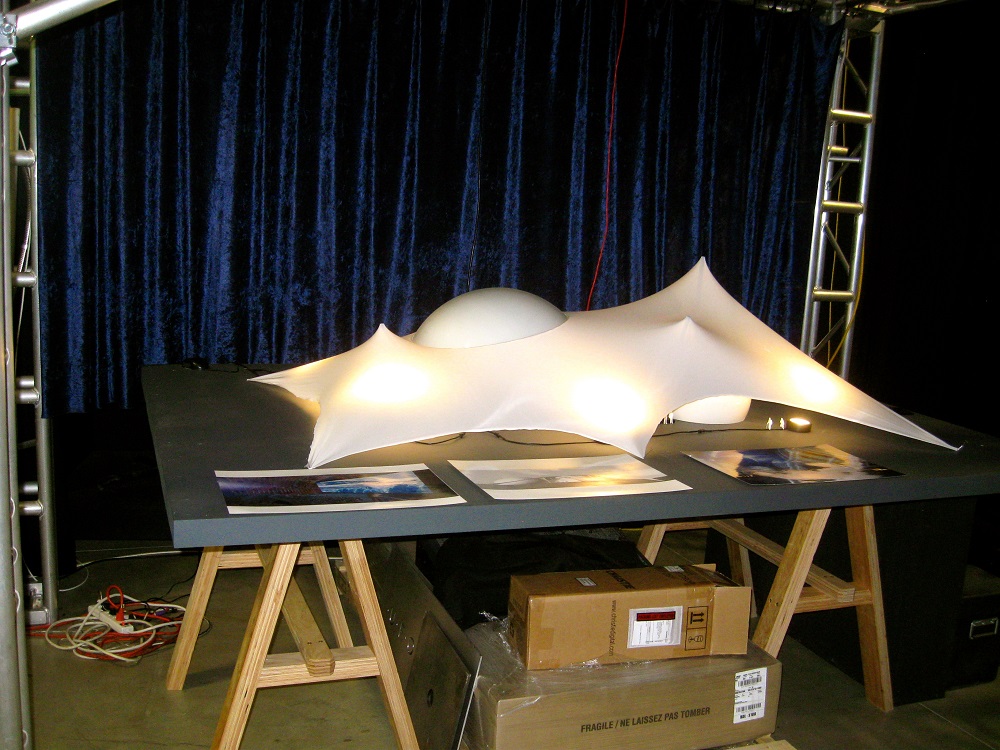
It seems
like this is built out of your theme park history.
Yeah, because I
have all this experience with theme parks. And the “Back to the Future” ride was a complete gas. And you
know, I’ve designed all these motion sensors and cameras.
So is the
idea that seats would move and…
No, I don’t
want the seats to move. Too tacky. This is not going to be a 4D thing.
How do you
feel about 4D?
I think it’s
tacky. It’s okay in a theme park. But to take someone else’s movie and start
having ticklers and spritzers and stuff is just silly. It’s not serious cinema.
It’s okay for certain kinds of content, or…
Theme park
rides!
It started out
in theme parks. It’s been around in theme parks for years. But the fact that the
movie industry is so desperate that they’re actually resorting to moving seats
and ticklers means that they’re really running out of gas. And no one is
talking about changing the nature of the movie itself. They’re talking about
how to exploit it with some cheap gimmick. I just have a completely different
philosophy about it.
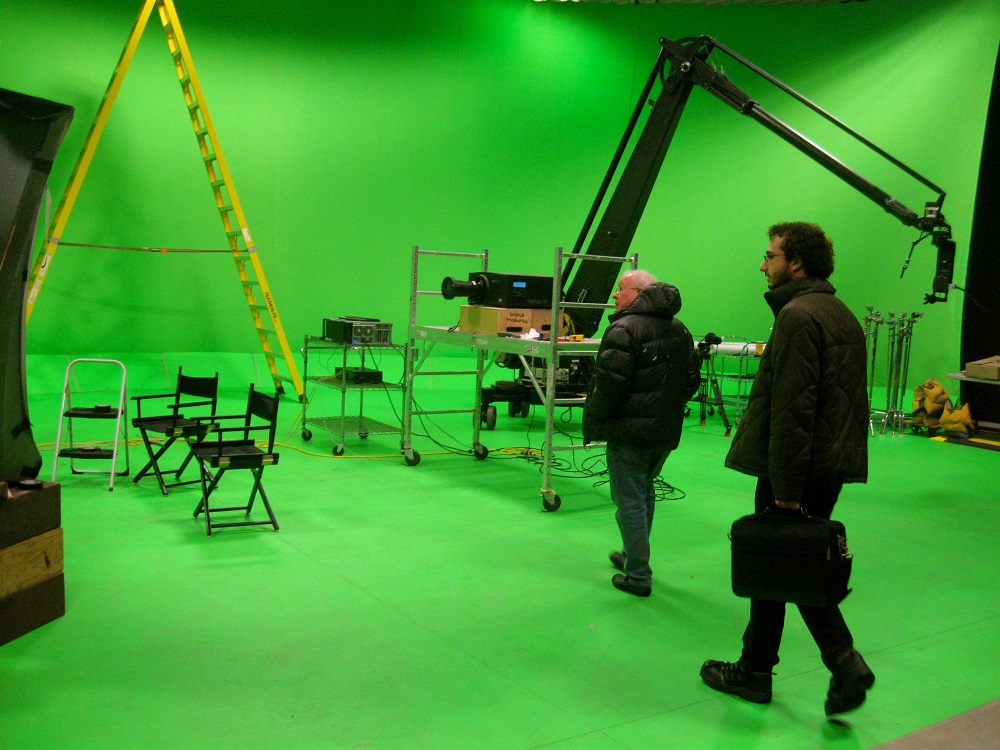
People are
used to having a 2D, 24 frames per second. How might you sell them on 3D and
HFR?
I’m not
necessarily trying to. I’m just saying that for me, personally, as a filmmaker,
I’ve found some new niche that I’m really very obsessively trying to discover
and explore. It’s not for everybody; it’s pretty technological. It’s not
appropriate to a love story, or—there are a million stories you could think
of that don’t need 3D. A lot of movies don’t even need color! Look at that
Bruce Dern movie. It was black and white—it was really quite beautiful.
“Nebraska.”
“Nebraska,” yeah. So I’m not trying to scare
anybody or trying to upset the applecart or change the industry. But when I found
out there are tens of thousands of projectors out already that can do this, I
thought, “Ah! The problem I had with Showscan doesn’t exist anymore”—the
catch-22 of not being able to make a movie if you don’t have theaters to show
it in. Now there’s theaters to show it in.
I know
Roger Ebert felt that 3D was something of a gimmick to get people in the
theater (and prevent piracy).
I think he was
quite right. There was every reason to honestly say that 3D was a gimmick. And
it’s largely true. And it’s largely pretty bad. When you put a filter in front
of the projector and you put on your glasses and cut the light in half again,
the movies are dim as hell and they give you headaches and eye strain and it’s
terrible. I don’t know how the movie industry has tolerated such low quality
for so many years.
Is the eye
strain because it’s so dim, or because of the 3D?
Both. We found
out that if you just get the brightness back up, the eye strain pretty much
goes away. If you increase the frame rate, it completely goes away. So there’s
plenty of room for improvement in cinemas.
And what
about HFR?
We’re at this
time in movie content which is—not that I approve of comic caped crusader
movies—but they’re action movies. Whatever they are, they’re action movies.
The audience wants stimulation. And every director who works in that [genre]
knows there’s a tremendous frustration with frame rate.
But I’m
comfortable doing what I’m doing because I do it for creative reasons. I’m not
doing it because I need to make another billion dollar blockbuster.

But you
think it could help with films like that?
Oh, absolutely.
Yeah. So we’re going to continue to try and show this to the people who make
those action films.
I was
going to say—when do you sit down with Kevin Feige to really sell him on
MAGI?
Yeah, you
know…
“Give me a
call!”
We’re going to
do that. So those who have been most in it—and Peter Jackson and Jim Cameron
who are two of the top guys and who are very technically smart—they say,
“Well, 24 frames just drives us crazy.” It screws up the 3D and makes it very
difficult to make these movies they want to make and they want more action.
So they’re
going out after higher frame rates. They talk about my work quite often and
they’re stepping up to 48 frames. Which is… treacherous territory because it
can look like television.
I know
James Cameron recently announced the “Avatar”
sequels are going
to be in 48 frames per second just like Jackson’s Hobbit films. People haven’t
experienced high frame rate before, so a lot of people’s first experience has
been “The
Hobbit” or will be
Avatar 2, 3 and 4. Do you think that’s
negatively affected perception of the format?
Very
negatively. I can only imagine the kind of meetings that happen between Peter
Jackson and the distribution head at Warner Brothers. They did not support the
48 frame thing. Peter paid for it himself. He said, “I really want to do this.”
And they said, “You’re on your own, pal.”
So he did it
and he’s a happy camper all during production because he’s seeing the blurring
and strobing is going away and it looks much better, etc. And he and all of his
crew acclimate to that. You can acclimate to it to where you don’t think of it
as television—you think of it as more clarity.
Unfortunately,
the audience didn’t quite see it that way. They showed a short reel of “The Hobbit” at CinemaCon and it got really bad
reviews—just attacked viciously. So even though they had arranged for I think
about ten thousand theaters to be fully-equipped with…all the stuff
necessary to go 48 or 60 in theaters, the studio pulled the plug and gave them
I think 400 theaters with 48 frames.
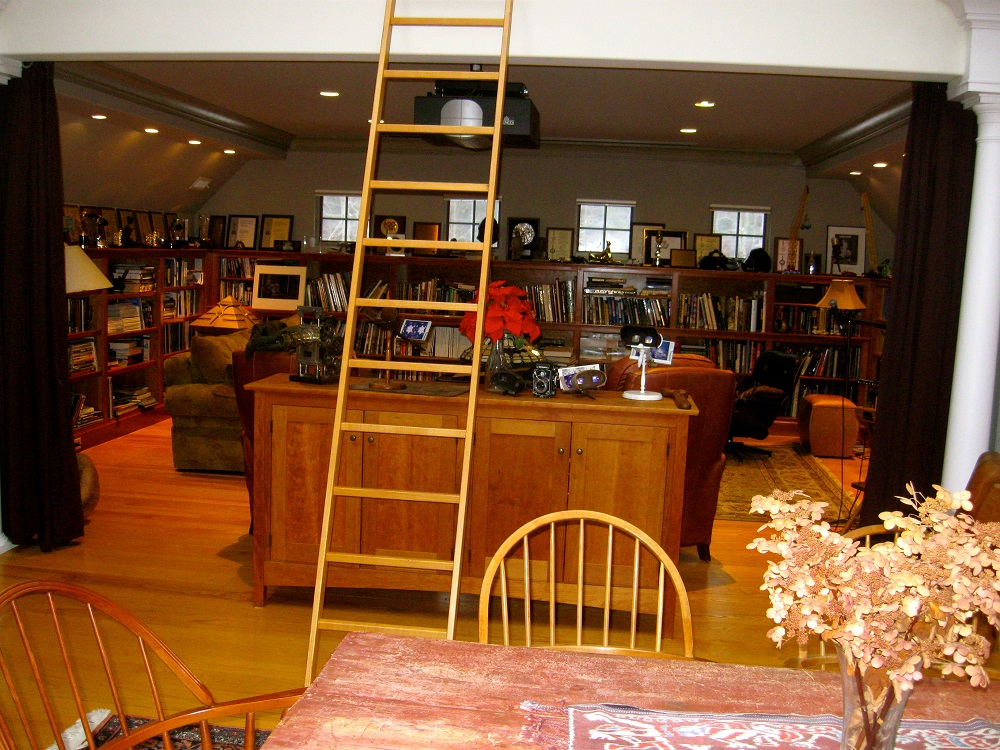
Are there
any movies coming out that will use 120 frames per second instead?
There’s two
movies that I can’t talk about right now that are actually in the pipeline.
Yours?
No, other
people’s movies. One of them is with one of the biggest directors on the
planet. I just can’t say who it is but I’m looking forward to being able to
announce it sometime.
And
they’ll be using MAGI?
Yeah. I hope
so.
You hope
so?
Well, if we can
get through the minefield of studio trepidation. [Laughs.]
I noticed
the “speed-up effect” I saw in “The
Hobbit” wasn’t
very present in “UFOTOG.” That was odd.
Yeah, see? It
didn’t seem like television.
No, not at
all. It was different.
It’s different,
that’s for sure—but it doesn’t look like television. That was my first big
challenge to myself. I could have easily done this test that I told you about
and found out, “Oh, it looks even worse. If 48’s worse than 24 and 60’s worse
than that, and television is 60, then 120 is going to look terrible. But that’s the risk, we’ll just
try it.”
And voíla,
there’s actually—with this cadence idea of matching the photography to
projection, you go into new territory. It’s a new land of imagery that doesn’t
have any of those restrictions. It doesn’t look like television. It’s a new
thing. It’s a new different thing. We also took this whole film and
interpolated it up to 120 frames per eye which actually looks stunning.

The
version of “UFOTOG” that I saw was 60 frames per
eye?
You saw 60 per
eye. But we’ve actually screened this at 120 per eye at IBC and Amsterdam and
at the Giant Screen Cinema Association in Toronto with the [new Dolby] 6P laser
projector.
And it was
impressive?
It was
mindboggling—and that’s only at 2K! Because nobody has a 4K version of it
yet. So the 4K version of it is in the pipeline.
Why did
you decide to make a narrative film to show off your new technology?
This movie is
just an experiment using [MAGI] because I knew that
just you know aiming the camera at some pretty flowers or somebody’s face or
landscape would be totally inconclusive in terms of applying it to a dramatic
story. And I also wanted to prove this whole thing about these virtual sets and
locations because this whole movie was shot right here, [on this stage], very
inexpensively. So it’s just an experiment in how to use this process, or how to
begin exploring this process.
How has “UFOTOG” been received at Toronto and
its other premieres?
A hundred
percent positive. The thing that I find is that everybody seems to have pretty
much the same response. There’s no averse response saying, “It looks like
television.” There’s nothing discomforting about this. They say, “Absolutely
100% that this is the best 3D I’ve ever seen. This is the clearest image I’ve
ever seen. This is the brightest image I’ve ever seen. All kinds of positive
things about the experiential nature of it.
The thing that
still hasn’t emerged because even seasoned cinema reviewers… I really wish
Roger [Ebert] was here because he would get get it. He would recognize what [I]
did here is to tell a story in a new structure that embraces the presence of
the audience, that acknowledges the audience. It’s not just using the
audience…
It’s that
sense of empathy that he was so interested in.
Whatever it is.
People do report a very strong connection with that character. And they say,
“Wow. I can’t even describe what’s going on in my head because I feel like I
just got to know somebody.” or “I had this experience I can’t forget.”
The indie
film industry has seen such a surge of new filmmakers because of the
democratization of the medium. It’s so easy to get your hands on a camera and
shoot. But don’t new technologies like MAGI create barriers for those budding
filmmakers who have smaller budgets?
I think it’ll
be really interesting to see what happens because this doesn’t add a big amount
of money to making movies. One of the areas of effort that I’m making right now
is to democratize this process to where shooting in this process is a
no-brainer. I’m trying to make really tiny lightweight GoPro-like cameras so
that you can shoot anything.
So people
can have access to it.
I want people
to have access to it. I want to just get out of the way and say, “You think of
what you want to do. If you want to strap a camera to your shoe and jump off a
mountaintop, be my guest. I wanna see what it looks like. [Laughs.]
(Trumbull
takes out a blueprint of a small camera.)
This is going
to be a MAGI camera. That’s GoPro 3D—there’s only one camera there, but
that’s the form factor that we’re after.
To make it
real small.
To make it real
small. That’s a 4K sensor in there.
(Trumbull
takes out another blueprint.)
Here’s one
camera. That’s about 2 1/2 inches square and ways less than a pound. And that’s
4K.
And that’s
the whole camera?
That’s the
whole camera without the lens on it. But there’s a whole bunch of stuff like
this happening in various industries so that you can put the camera in any
situation.
Slimming
down for portability.
Yeah. That’s
really going to enable all kinds of amazing production.
For big
movies like
“Mad Max: Fury Road,” they’re doing all of this cool
kinetic stuff with the camera, but these things would allow them to do it a bit
easier, without the use of huge rigs.
I hate those
rigs.
Do you see
MAGI coexisting with film? Does film still have a place?
Absolutely! I
think film is great. I’m not trying to upset the thing. It’s not going to
replace it, or displace it, or anything. It’s just different. And it’s only
appropriate under certain circumstances that have to do with the content and
structure of the film.
How have
special effects changed, in your view? Especially with the advent of such
advanced computer generated imagery.
We’re still—we have an industry that has one foot in the old world which is to build big
sets, hire big, expensive actors, have expensive location costs and all this
kind of stuff. And then, on top of that, 50 or 100 million dollars worth of
special effects on top of that, subcontracted out to everybody on the planet,
like special effects is some kind of commodity that you buy like bread.
And it’s not
critique according to the talent of the artist, or the vision of the cinematographer.
It’s all on cost. They don’t care whether it’s done in Mumbai, New Zealand,
Shanghai, Vancouver—they don’t care.
They care
about the bottom line.
Bottom line.
They just sub it out. So you see these movies that have a lot of [effects],
they’re often broken up into 20 or 30 different effects houses that are doing
pieces of it. I think the movie industry has sort of lost its soul in a way.
But that’s
been true as far back as, say, “Tron,” which featured a whole bunch
of different computer effects houses.
Yeah, but when
I had my foot in that world, we did the whole thing. Richard Yuricich and I, we
had one company, we did the entire movie.
“Blade Runner” was all
one group of people. One studio. “Close
Encounters”… I mean,
all these movies we did we brought some level of artistry and vision… that
doesn’t happen in groupthink. It just doesn’t. So those movies, including “2001”—which was the same way—stands
out and hangs in there as something that’s different for some reason.
So it’s
not necessarily analog versus digital.
Not at all.
Doesn’t make a difference.
It’s more
about the outsourcing.
It’s the vision
of the filmmakers and the director. I mean, “2001” wouldn’t have been what it was
without Kubrick. But the thing that I related to when I was young working for
him was that … he felt a responsibility because he was one of very few filmmakers
that was actually asked and authorized to make a Cinerama movie. This was 90
foot wide screens—unheard of today—and these big, deeply curved special Cinerama
theaters. And he said, “I feel a responsibility. I’ve gotta take people on this
trip.”
He started
directing differently. He started abandoning cinematic convention. He didn’t go
for reverse shots. He never an over-the-shoulder shot. He went for the audience
to feel like they were in space. And even though he by habit shot reverses on
Keir Dullea and stuff, he just started cutting all that crap out and started
saying, “I’m going to let the audience feel like they’ve become Keir Dullea in
a way. They’re going to go on this trip.” So you have 17 minutes of
uninterrupted trip with no dialogue, no suspense, no drama.
After “2001,” after that wonderful experience
of working with him—and he was my mentor, really—I saw the big theaters
chopped up into multiplexes. It obliterated 70mm. It obliterated the giant
screen. It obliterated the palate of immersive cinema. It was just gone.
So it
seems like you’ve invested in getting people into theaters—which is
important, because you’re seeing big directors and actors move in to television
these days, along with audiences. People aren’t going to cinemas as much.
Yeah, it’s only
natural. I’m not against that at all. I’m just saying if we want to offer what
I love, this kind of spectacle thing—Chris Nolan talks about it a lot. He’s
probably one of the most out front voices for the spectacle of movies: for
giant screens and IMAX-like things.
The
“larger than life” effect.
Yeah. He really
likes it and there’s a lot of people who still like it.
It’s
interesting because in just the past few years, we’ve seen both Interstellar and Alfonso Cuarón’s “Gravity“…
Oh, I thought
that was wonderful.
You liked “Gravity.”
Yeah.
One of the
things about “Gravity” that I liked was how much it
felt like you were really seeing Earth from orbit. It was one of the best
experiences I’ve had in the cinema in that regard, especially with the 3D. And
that was without MAGI!
I’m trying to
get Alfonso in for a screening. I’ve been working on him for months.
I love his
stuff.
He’s a wonderful
guy. I just so admire that movie and I want him to see this [MAGI] process and
take it go do whatever [he’s] going to do. He would get it.
Have you
been excited to see people like Christopher Nolan pick IMAX up again?
Yeah, it’s
okay. I think it’s a wonderful thing. It just doesn’t do it for me anymore
because it’s 24 frames, it’s got all the old things…
Its time
has passed.
Its time has
passed. I mean, 24 frames was developed in 1927 for “The Jazz Singer” to do optical soundtracks. That’s
what it was for.
To match
audio.
Yeah. I think
it’s time to move on. I’ve been frustrated all of my life. Stanley Kubrick was
frustrated.
I feel
like you’ve been fighting this uphill battle with the industry about frame rate
for a couple of decades now.
It’s what I
live with. It’s been going on a long time so it’s very frustrating and it’s not
easy and I’m hoping we’ll get there.
(Photos: Matthew Townsend).

